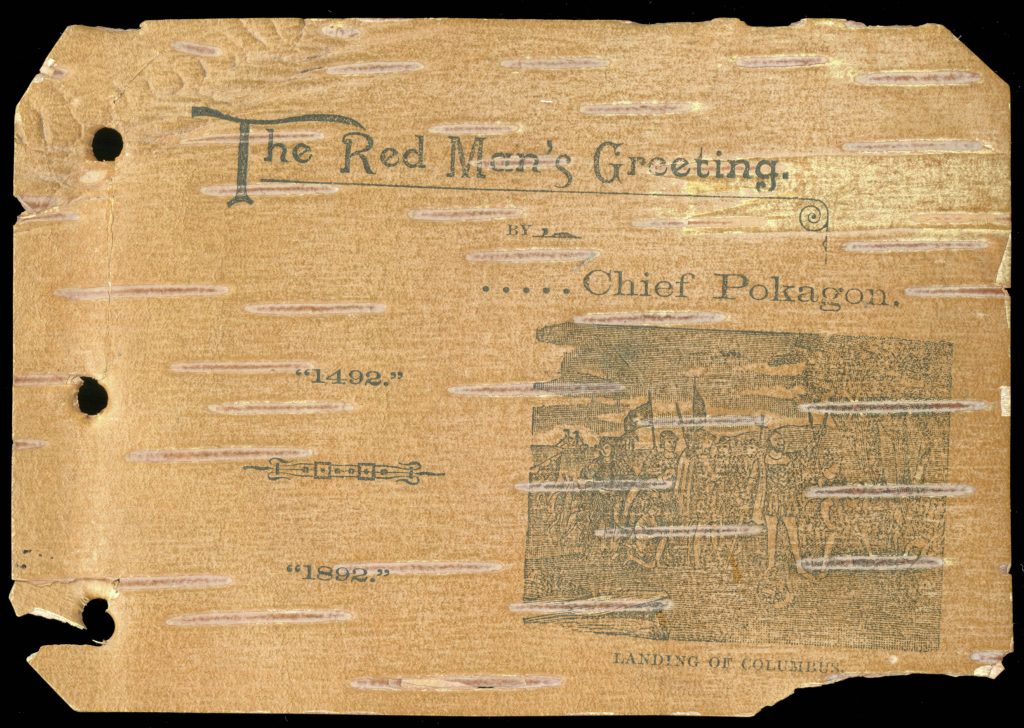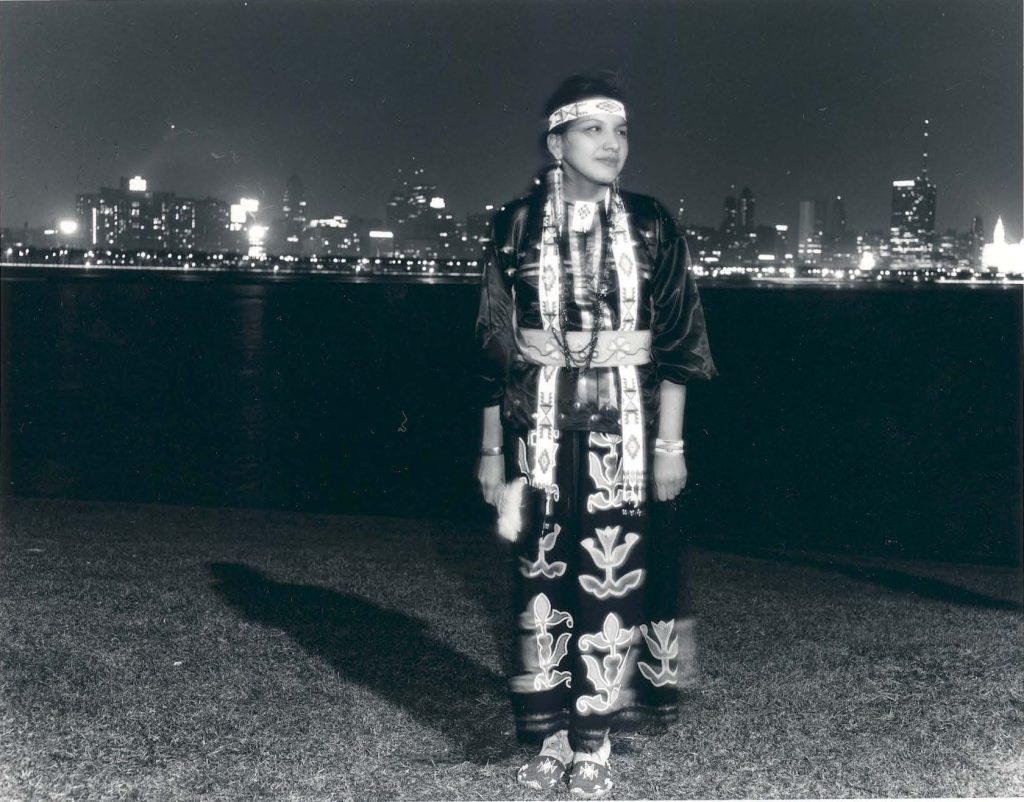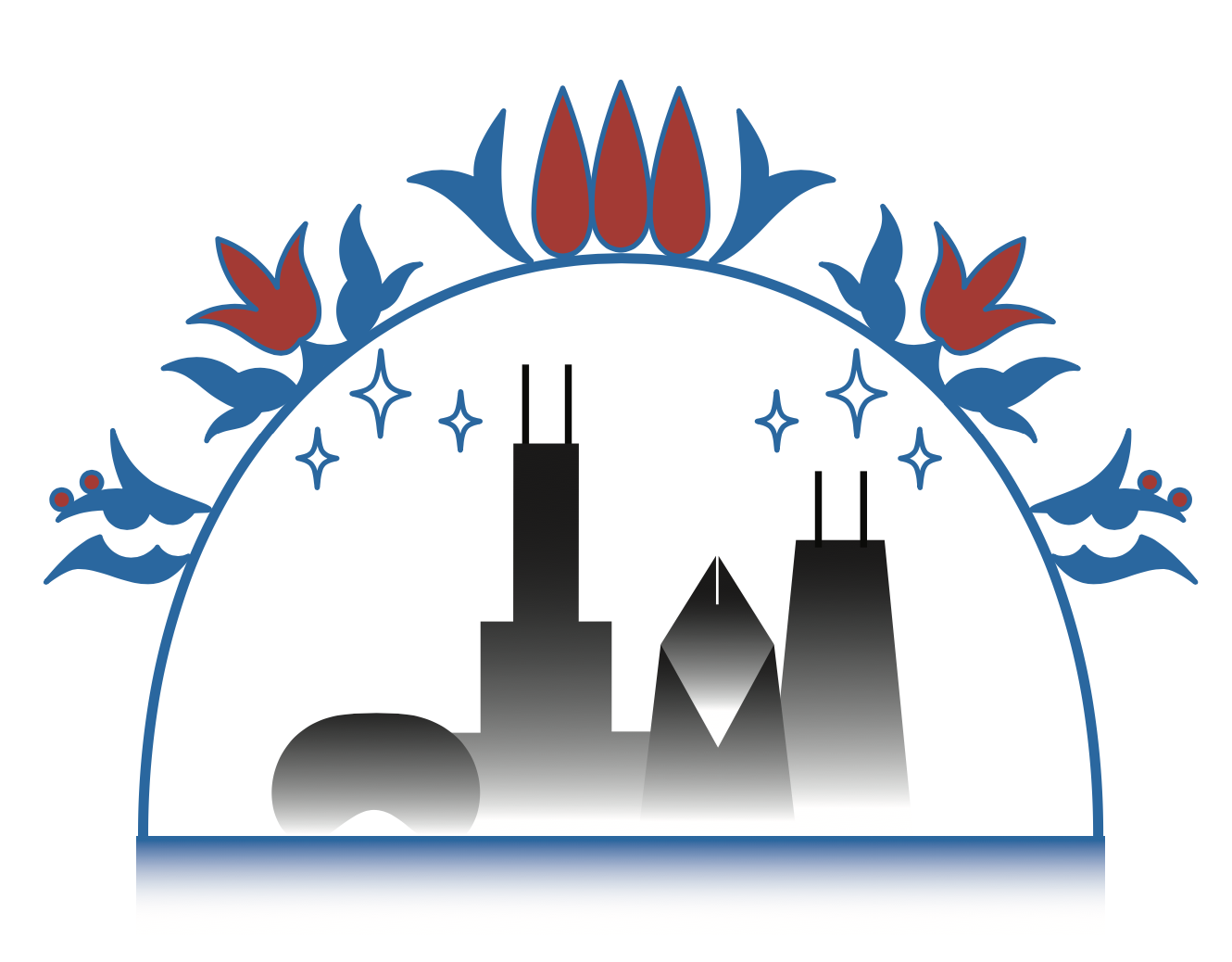Created for the social studies classroom, the Indigenous Chicago curriculum reflects different perspectives and priorities of Indigenous people who reside in Chicago and the Native nations who recognize Chicago as part of their traditional homelands.
The free curriculum currently consists of a pre-module and four content modules: Chicago is a Native Place, Land and Environment, Convergence, and Activism and Resistance. The modules in this curriculum are organized thematically rather than chronologically. They can be used in the sequence in which they occur in the curriculum or they can be taught individually when it aligns with your class content. Indigenous Chicago modules engage a wide array of primary source materials, including textual documents, photographs, oral histories, maps, artwork, videos, and images of physical items, among others, to emphasize that Chicago is, and always has been, a Native place.





